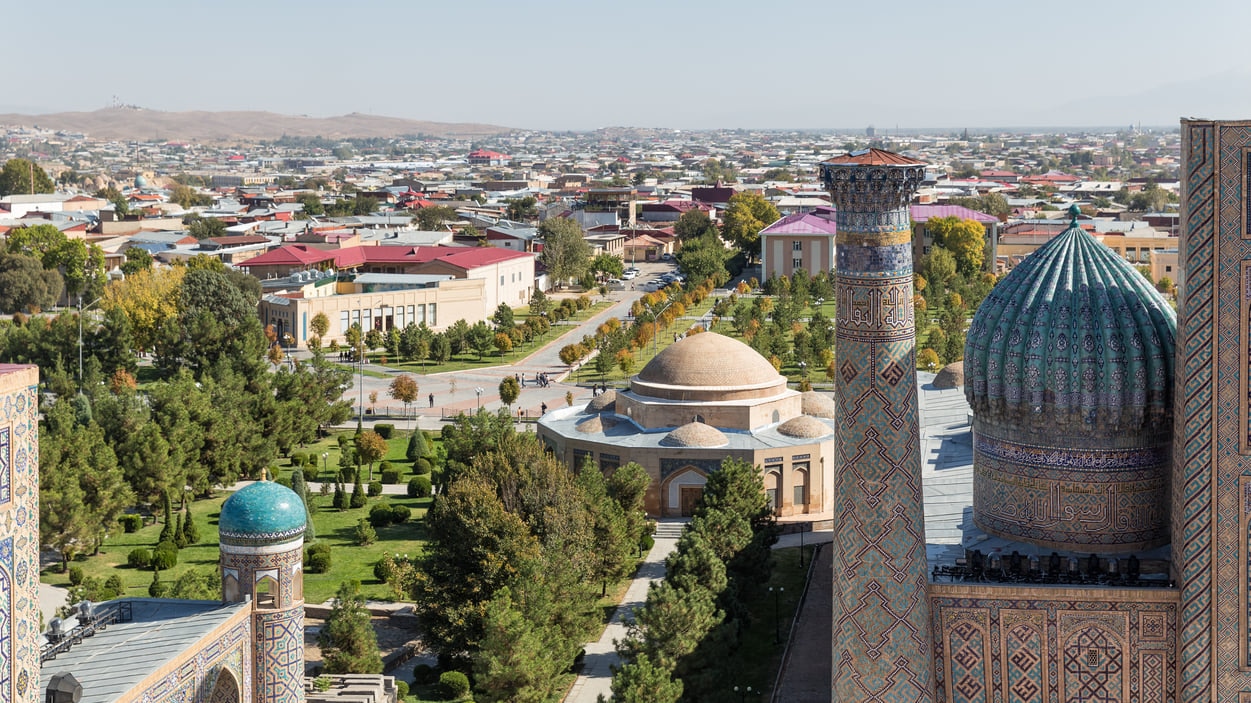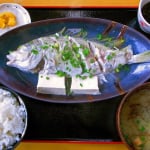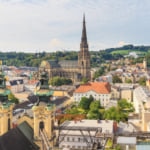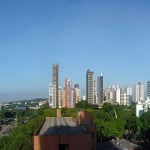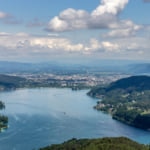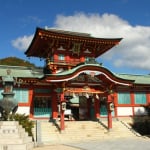Name:Registan
Address:Registon ko'chasi, Samarkand, Uzbekistan
Related Site:http://registon.uz/en/
One of the oldest inhabited cities of the world, Samarkand was added to UNESCO’s World Heritage List for being the crossroads of cultures. Because of its location, the city in between the Silk Route and the Mediterranean, during the medieval times, Samarkand was a prosperous city. The culture, and the tradition of Uzbekistan can be experienced closely in this city. The architecture is heavily influenced by the Persians and most monuments have domes. Exploring Samarkand alongside the chronicles of Emperors who’ve lived through its glorious past is quite enriching.
table of contents
[x] close
Samarkand:Melting Pot of World’s Cultures
1. Registan
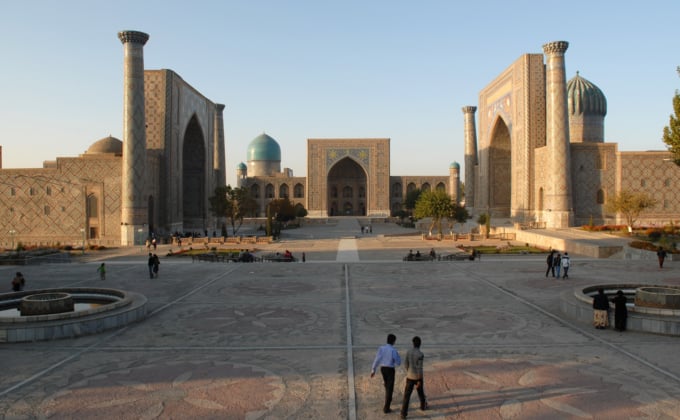
Registan meaning the Sandy Palace was one of the oldest public squares in Samarkand. Royal announcements were made here along with public executions. Three madrasahs or Islamic schools surround the Registan, namely the Ulugh Beg Madrasah, the Tilya-Kori Madrasah and the Sher-Dor Madrasah. Minarets of madrasahs are breathtaking. There is a light and sound show hosted few times in a week, make sure to attend it. Taking a local guide is recommended as they share the history of these magnificent monuments while giving you a thorough guided tour.
2. Gur-e-Amir
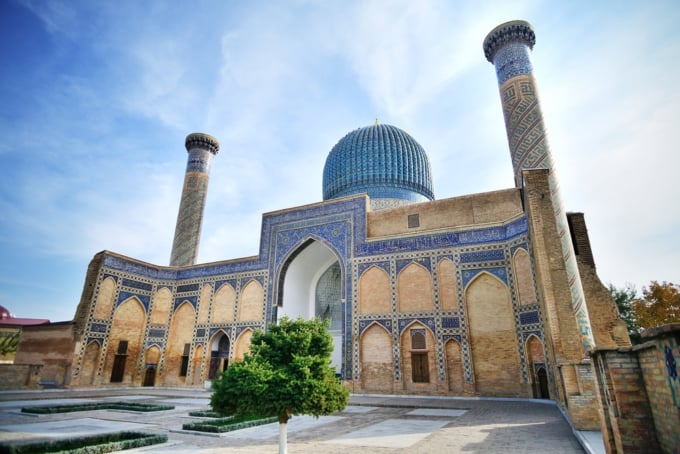
Photo by phototravelua/shutterstock.com
Gur-e-Amir or the Tomb for the King is one of the most important mausoleums in the history of Persian-Mongolian architecture. Similar Architectural constructs can be noted in tombs built in India and Pakistan by Timur’s family. It houses the tombs of Timur and his sons his teacher along with other family members. Built in the 15th century, it remains the favourite among the architecture lovers for the exquisite design of its minarets. The monument has been restored over time and is quite a popular spot among the tourists to visit.
Name:Gur-e-Amir
Address:Samarkand, Uzbekistan
3. Shah-i-Zinda
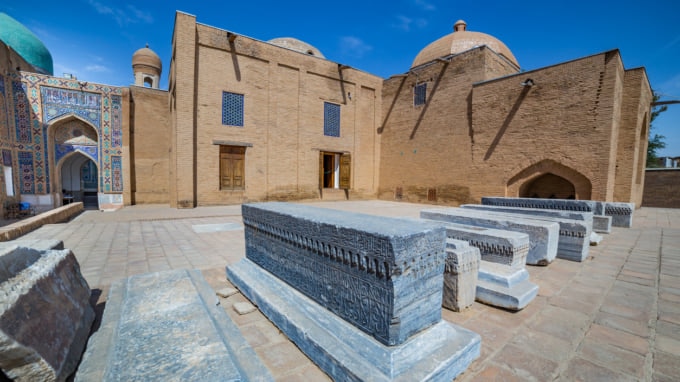
Considered to be paragon of intricate tile work, Shah-i-Zinda or Tomb of the Living King is among the many other beautiful mausoleums in Samarkand. Cousin of Prophet Muhammad is said to be buried here. Archaeologists claim that the monument was built somewhere around the 11th century. Timur’s extended family is also buried in this mausoleum. It is one of the religious sites for Islam, as a tourist dress modestly before coming to visit this place. There are also beautiful walkways in and around the mausoleum.
Name:Shah-i-Zinda
Address:M-37, Samarkand, Uzbekistan
4. Bibi-Khanym Mosque
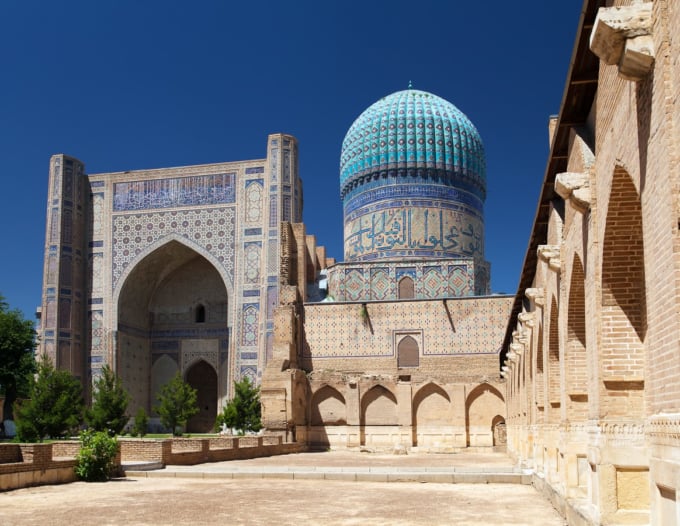
Considered to be among the most important monuments in Samarkand, Bibi-Khanym was built in the 15th century using the amount of loot Timur earned during his Indian invasion. The mosque houses two small mosques within and also a marble Quran. If you’re an art lover, the Arabic calligraphy will leave you mesmerised.
Name:Bibi-Khanym Mosque
Address:Bibikhonim St, Samarkand, Uzbekistan
5. Afrasiab Museum
The Afrasiab museum tells the tale of the history of its city, the ancient town of Afrasiab and the past glory of Samarkand. From the time of Alexander the Great to Timur’s era, it houses armoury like swords, knives, arrows along with the pottery collection from the 7th century. There are also paintings to be found in the museum dating back to 8th century. The museum remains closed on Sunday so plan your visit accordingly.
Name:Afrasiab Museum
Address:Tashkent Rd, Samarkand, Uzbekistan
6. Observatory of Ullugh Beg
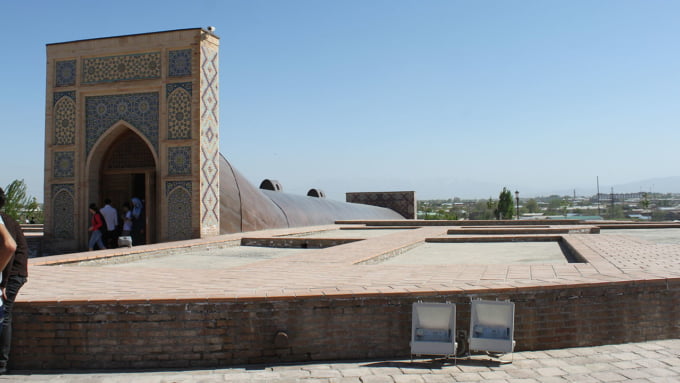
Photo by commons.wikimedia.org
Ullugh Beg observatory, considered to be among the finest observatories in the world, was built during the 15th century by the famous astronomer Ullugh Beg with upto 70 astronomers working with him in this observatory for days. There are various astronomical instruments that can be found here. Even though with centuries passing, the observatory has lost lot of its valuables including library and centre, the few findings that have been salvaged show how the predictions of astronomers was almost right. Take a guided tour of this observatory to understand more about the advancement of science in the 15th century and works of the Islamic scholars.
Name:Observatory of Ullugh Beg
Address:Tashkent Rd, Samarkand, Uzbekistan
7. Siab Bazaar
Located near the mosque of Bibi-Khanym, is the sprawling oriental market named Siab Bazaar. Famous for its farming goods, you will find variety of organic food products along with spices, dry fruits, sweets and nuts local to Uzbekistan in this marketplace. Some of the local artists sell their art- miniature paintings, wooden souvenirs and it’s a great place to socialise with the locals who are warm and hospitable.
Name:Siab Bazaar
Address:Bibikhonim St, Samarkand, Uzbekistan
8. Hazrat Daud Cave
Considered to be one of the holiest sites in Uzbekistan, the cave of St. David or Hazrat Daud cave is a place where your wishes are heard by the god according to Islamic beliefs. There are over 2000 steps one has to cover before reaching the holy site. It is also a metaphor of individual struggle to reach spiritual enlightenment. If you’re unable to walk through the stairs, you can also hire a donkey or a horse provided by locals. It wasn’t just Islam that has touched Uzbekistan but also other religions like Christianity, Zoroastrianism, Judaism have left their mark throughout the nation’s past.
Name:Hazrat Daud Cave
Address:Samarkand region, Uzbekistan
9. Khodja Akhrar Ensemble
One of famous Sheikhs in the history of Samarkand was Khodja Akhrar to whom this ensemble is dedicated to and it includes. A madrasah, a mosque along with a mausoleum that houses Sheikh Khodja Akhrar’s tomb. Considered to be a renowned scholar of his times who provided spiritual counsel to Timur, Khodja was loved and respected for abolishing grave tax. Like most ensembles found across Samarkand, the work is done using white marble and coloured tiles, and intricate Arabic calligraphy can be found on the walls. This is a great place to enjoy some quiet time in solace.
Name:Khodja Akhrar Ensemble
Address:Samarkand region, Uzbekistan
10. Mausoleum of Imam al-Bukhari
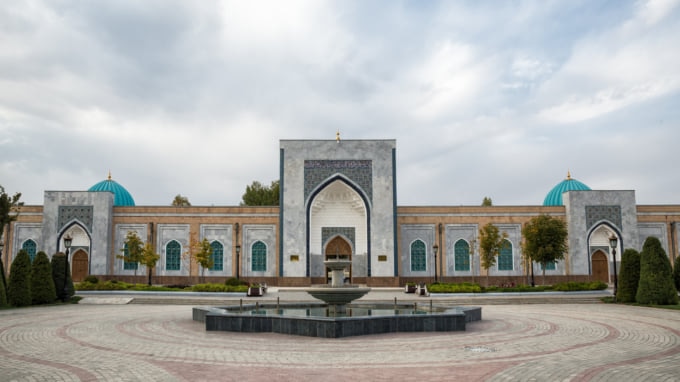
Located in the village named Hartang is the mausoleum of one of the most important figures in Islamic culture. Imam al-Bukhari was a famous theologian who reported the sayings of Prophet Muhammad and wrote them down in the book named Al-Jomiy al-Shaheeh considered to be the second most important books for the Islamic followers after the holy Quran. There is a library and a museum within the complex where rare books on Islam theology can be found. Great place to visit if you want to learn more about Islamic culture and literature.
Name:Mausoleum of Imam al-Bukhari
Address:Saarkand, Uzbekistan
◎ Closing
Most travellers feel mesmerised by the beauty and rich history of Samarkand. The place is drenched in the glorious past where the East and the West met in the middle of this enchanted land. One of the earliest places for theological research to the holiest sites for various religions, Samarkand has an unmatched aura compared to other ancient cities of Central Asia. Remember to follow the rules of the town while visiting the holy sites, your attire and body language should show respect while visiting mausoleums and mosques. People are warm and friendly and will guide you to visit local places for authentic native cuisines. Traveling with an open mind, you can live and learn various lessons from the dense history of the Samarkand.
RELATED ARTICLES
REGIONS
CATEGORIES
FEATURED ON Uzbekistan
-
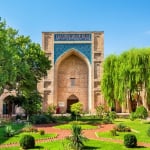
Best Souvenirs to Buy in Tashkent, the Capital of Uzbekistan
-
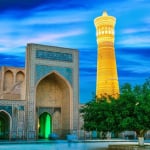
14 Recommended Tourist Attractions in Bukhara, Uzbekistan!
-
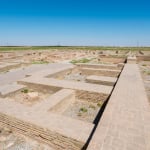
3 tourist spots in the international city of Navoi, a key transportation hub since ancient times
-

[2023 Fall Edition] 15 Must-Visit International Travel Destinations – From Classics to Hidden Gems
-
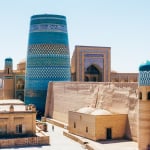
Uzbekistan World Heritage Site “Itchan Kala” – Time‑Slip into Medieval Islam!
MOST POPULAR ON Uzbekistan
-
 1
1Doha: Must-see Attractions in the Capital of Qatar
-
 2
2Toronto: 10 Things to do in this Picturesque Canadian City
-
 3
3Amarillo: A City Famous for It’s Amazing Canyons, Great History and Music
-
 4
4South Korea: Dazzling Scenery, Rich Culture and Fascinating History
-
 5
5Kuwait: A Country in Middle East Asia Famous for Hot Sand Dunes and Stunning Cityscape
